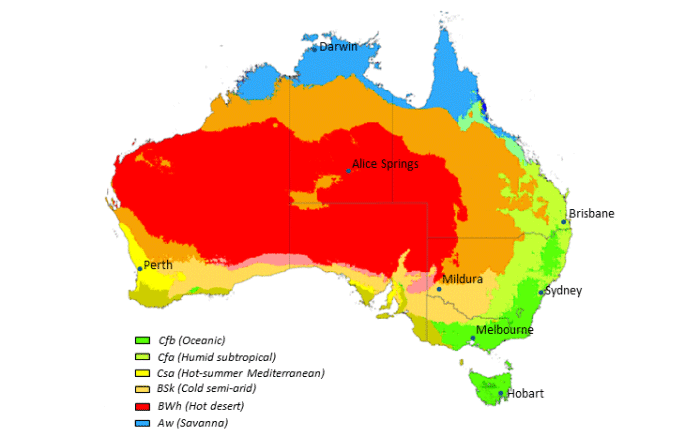Effects of envelope design variables on indoor environmental quality of prefabricated houses in Australia

Overview
Quantitative evaluations of indoor environmental quality (IEQ) along with energy efficiency are amongst the key features of environmentally sustainable buildings. Since people spend about 90% of their daily time indoors, the comfort levels and satisfaction of indoor environment can easily affect the quality of their life. Acceptable IEQ satisfies the required occupants’ comfort levels. Although prefabricated buildings offer benefits to construction industry with reduction in time, cost and waste management, their life cycle costs (LCC) and IEQ benchmarks have not been well documented in the literature. It is necessary to assess the performance of prefabricated houses and improve their design in order to minimise LCC and achieve better IEQ. The aim of this study is to assess the effects of envelope design variables on IEQ of prefabricated houses in different climate zones of Australia. This study attempts to optimise the prefabricated buildings’ envelope components to minimise life cycle costs (LCC), thermal discomfort time (TDT) and daylight unsatisfied time (DUT) while meeting the requirement of National Construction Code (NCC) of Australia.
Research team
- Sareh Naji
Research partners and collaborators
- Habitech